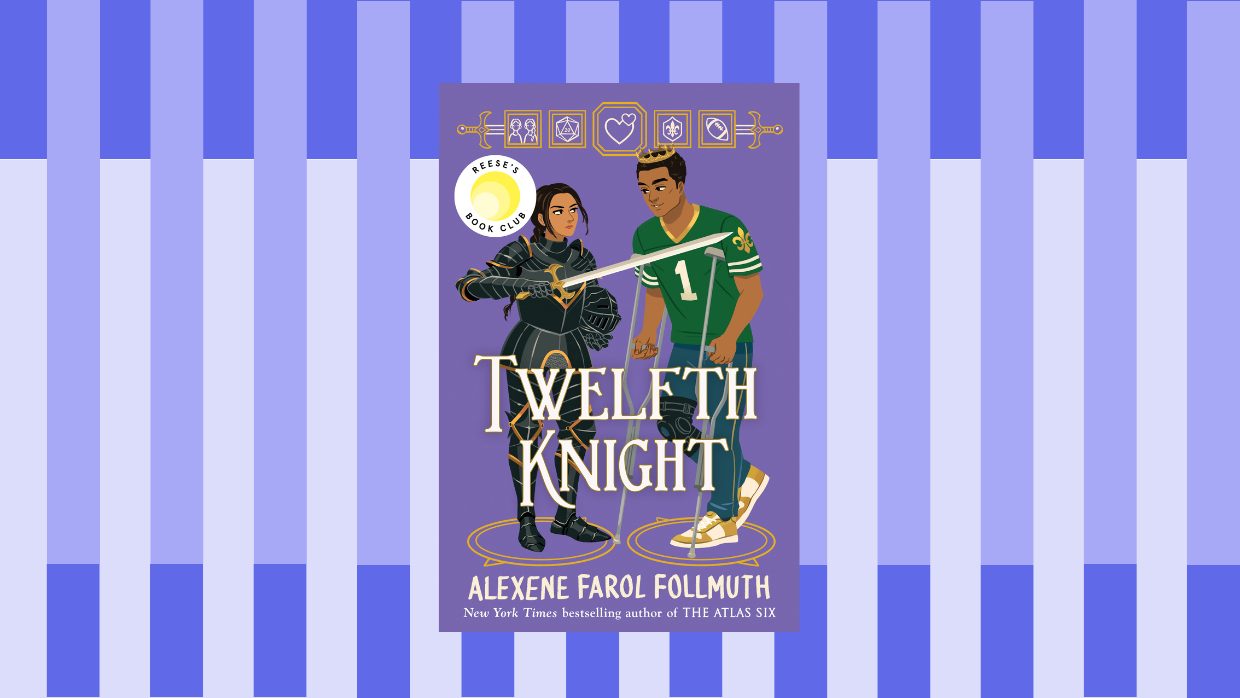One of my favorite poems is by the great poet Constantine Cavafy. In his profoundly beautiful and eloquent way he writes about how, even when you go to another country or migrate to another shore, the city where you used to live, the city you loved for so long, will continue to pursue you. The city that always pursues me is Istanbul. It’s been many years since I left it but I feel like I carry it with me—in my stories, in my dreams. We do not forget the places we love just because we happen to be miles and continents away.
I am interested in stories and silences woven around issues of belonging, non-belonging, displacement, migration, and exile. How does it feel to be uprooted, deracinated, rerooted, or rootless? And do roots always need to be buried deep in the ground? Can we invent new metaphors, a new language perhaps to think about them in new ways—can we imagine them like the roots of the old baobab tree, which, according to the legend, is upside down, longing for air and rain and sunshine and freedom?
While writing I paid close attention to how immigrant families, especially first-generation immigrants, took care of the plants or trees that reminded them of lost motherlands. It seemed to me that a tree was like a bridge—a bridge that connected them with the shores of their past. I remembered how, when I was in Michigan as a visiting scholar, I had seen Italian American families burying their fig trees in winter and unburying them the following spring. It is a botanical technique to help trees that originate from warmer climates to survive harsher seasons. As I kept researching for my novel, I was more and more convinced that those who practiced this old and strange tradition not only cared about their trees but also about memories and continuity. They understood that when you cut down a fig tree it was someone’s memory you were destroying.
My novel explores family stories but also family silences. This is a story that looks into inherited pain and how the legacy of trauma can pass down generations. There are many families in the world who have been traumatized by war, partition, division, ethnic violence. Their children and grandchildren might not know the full story, but that doesn’t mean what they don’t know does not affect them. We are shaped by stories. But we are also shaped by silences.
We easily understand and accept how we might have inherited our physical traits—the color of our hair, the shape of our chin, whether we sneeze in sunlight or have freckles on our arms—from our grandparents or parents. But is it more difficult to talk about whether we also inherit something as abstract and imperceptible as sorrow?
The young student in my novel, Ada, comes from a mixed parenthood. Her mother and her father belong to “opposite tribes.” It is remarkable that they have managed to overcome the teachings of hatred, distrust, and division, but the story shows that it has not been easy for them to do that. They carry their scars and unhealed wounds, though in completely different ways.
Ada does not know much about her parents’ background, the time before she was born, but she can still sense their pain and feel that pain as if it were her own. Can a person be homesick for a place they might never have visited? I think it’s possible.
We need open, inclusive spaces—both in our families and in our societies—where people can share their stories, feel less voiceless.
Stories bring us together but untold stories and entrenched silences keep us apart
Memory is a responsibility. We cannot repair what we cannot remember.


